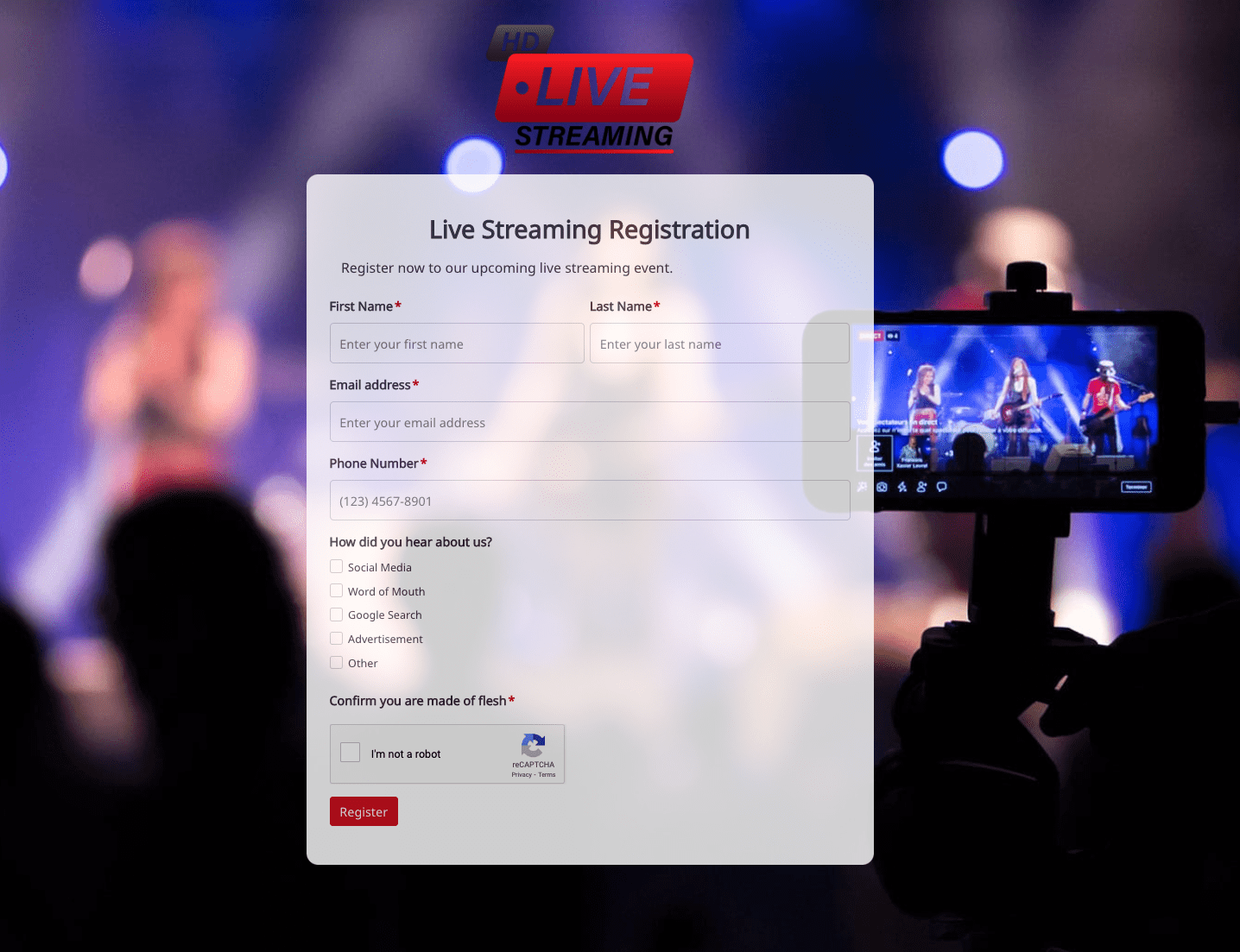Backlinks are the backbone of SEO.
Understanding their types can significantly impact your website's visibility and authority.
Among the various types of backlinks, two critical ones are:
While both contribute to your online presence, their functions and benefits differ significantly.
Contents:
- What Are Do-Follow Backlinks?
- What Are No-Follow Backlinks?
- How Do Do-Follow and No-Follow Backlinks Impact SEO?
- When to Use Do-Follow Links
- When to Use No-Follow Links
- The Role of Anchor Text in Backlinks
- How to Check and Monitor Backlinks
- Common Mistakes to Avoid with Backlinks
- Balancing Do-Follow and No-Follow Links

1. What Are Do-Follow Backlinks?

Do-follow backlinks are the foundation of effective SEO strategies and are among the most sought-after by website owners and marketers.
These links serve as digital endorsements, signaling search engines that the linked website is trustworthy and credible.
When a website includes a do-follow backlink, it essentially passes on
link juice
—a term used to describe the SEO value transferred from one site to another.
This transfer boosts the linked website's authority, which in turn helps improve its ranking on search engine results pages (SERPs).
Search engines like Google treat do-follow links as votes of confidence, which makes them invaluable for increasing domain authority and online reputation.
High-quality do-follow backlinks, especially from reputable and authoritative sites, carry even greater weight in search engine algorithms.
By acquiring do-follow links from relevant and high-traffic sources, your website can see significant improvements in
- visibility
- organic traffic
- and overall SEO performance
However, earning these links requires strategic effort, as they are only effective when obtained naturally and ethically.
2. What Are No-Follow Backlinks?

No-follow backlinks differ significantly from their do-follow counterparts in terms of SEO impact and purpose.
Introduced by Google in 2005, the nofollow attribute was designed to:
- combat spam
- and maintain the integrity of search engine results
When a link includes the "rel='nofollow'" attribute in its HTML code, it informs search engines that the link should not pass link juice to the destination site.
This means no-follow backlinks do not directly contribute to improving a site's search engine rankings.
Despite this limitation, no-follow links still hold value, particularly in terms of referral traffic and brand exposure.
For instance, a no-follow link placed on a popular blog or social media platform can drive significant traffic to your website, even if it doesn't boost your SEO rankings.
Additionally, no-follow backlinks play a role in maintaining a natural and balanced backlink profile, which is crucial for avoiding penalties from search engines.
Websites often use no-follow links for:
- paid advertisements
- affiliate links
- sponsored content
- and user-generated content such as blog comments
Using no-follow links in these scenarios helps websites adhere to search engine guidelines and maintain credibility.
3. How Do Do-Follow and No-Follow Backlinks Impact SEO?

Do-follow and no-follow backlinks each contribute to SEO in unique and complementary ways.
Do-follow backlinks directly impact a website's search engine rankings by:
- passing link juice
- and signaling authority to search engines
These links are instrumental in building a strong online presence, as they enhance domain authority, page authority, and overall credibility.
High-quality do-follow links from authoritative sites can significantly improve your site's visibility and organic traffic.
On the other hand, no-follow backlinks do not pass link juice, but they still hold indirect SEO value.
These links:
- drive referral traffic
- increase brand awareness
- and contribute to a diverse and natural backlink profile
A balanced backlink profile that includes both do-follow and no-follow links is essential for long-term SEO success.
Search engines prioritize authenticity and penalize websites with unnatural or manipulative backlink patterns.
By strategically combining do-follow and no-follow links, you can create a comprehensive SEO strategy that maximizes both direct and indirect benefits.
4. When to Use Do-Follow Links

Do-follow links are most effective when linking to high-quality, relevant content that aligns with your website's niche.
These links are ideal for building relationships with other sites and establishing your site as a valuable resource.
For instance, do-follow links can be used in:
- blog posts
- guest articles
- and resource pages
to highlight authoritative and informative content.
Using do-follow links strategically helps build trust with both search engines and your audience.
However, it's essential to ensure that the linked content meets high standards of relevance and credibility to avoid penalties.
5. When to Use No-Follow Links

No-follow links are appropriate in scenarios where passing link juice could be seen as manipulative or unnecessary.
Examples include:
- sponsored posts
- affiliate links
- paid advertisements
- and user-generated content
Using no-follow links in these cases helps websites adhere to search engine guidelines and avoid potential penalties.
No-follow links are also useful for linking to sources that lack credibility or have a low domain authority.
By leveraging no-follow links strategically, you can maintain a balanced and ethical backlink profile.
6. The Role of Anchor Text in Backlinks

Anchor text plays a pivotal role in determining the effectiveness of both do-follow and no-follow backlinks.
Anchor text refers to the clickable text in a hyperlink, often styled differently from surrounding text to indicate its function.
Search engines use anchor text as a contextual signal to understand the relevance of the linked content to the referring page.
For do-follow links, the anchor text can significantly influence keyword rankings when aligned with targeted search terms.
However, over-optimizing anchor text with exact-match keywords can raise red flags for search engines, potentially leading to penalties.
A mix of:
branded
generic
and long-tail anchor text
ensures a natural backlink profile and avoids SEO pitfalls.
For no-follow links, anchor text remains important for user navigation and driving referral traffic, even though it doesn't directly impact SEO rankings.
Strategically chosen anchor text enhances the user experience by providing clear and relevant descriptions of the linked content.
Whether using do-follow or no-follow links, anchor text should always prioritize clarity, relevance, and authenticity.
7. How to Check and Monitor Backlinks

Monitoring your backlink profile is essential for maintaining a healthy and effective SEO strategy.
Several tools, such as:
- Ahrefs
- SEMrush
- and Google Search Console
provide insights into the quality and quantity of backlinks pointing to your site.
These tools help identify whether your backlinks are do-follow or no-follow, allowing you to assess their impact on your SEO performance.
Regularly auditing your backlinks ensures that any low-quality or spammy links are identified and addressed promptly.
For do-follow links, monitoring metrics such as domain authority, page authority, and relevance can help evaluate their value.
No-follow links should also be tracked for referral traffic and brand exposure, even if they don't pass link juice.
Keeping an eye on your competitors' backlink profiles can provide inspiration and highlight opportunities for acquiring high-quality links.
Consistent monitoring not only protects your website from potential penalties but also allows you to refine your backlink strategy for better results.
8. Common Mistakes to Avoid with Backlinks

Building backlinks requires a strategic approach to avoid common pitfalls that can harm your SEO efforts.
One common mistake is prioritizing quantity over quality, as low-quality or irrelevant backlinks can lead to penalties.
Another misstep is over-optimizing anchor text, which can make your backlink profile appear unnatural and manipulative.
Failing to diversify your backlink sources can also raise red flags for search engines, as a natural profile includes links from various domains and platforms.
Neglecting to monitor your backlinks may result in unnoticed spammy or broken links that harm your site's reputation.
It's also important to strike a balance between do-follow and no-follow links, as an unbalanced profile can attract search engine scrutiny.
By avoiding these mistakes and focusing on ethical and strategic backlink building, you can enhance your website's SEO and long-term success.
9. Balancing Do-Follow and No-Follow Links

A balanced backlink profile is a hallmark of an effective and sustainable SEO strategy.
Search engines value diversity and authenticity in backlinks, which means incorporating both do-follow and no-follow links is essential.
Do-follow links contribute directly to improving your site's authority and rankings, making them the cornerstone of your strategy.
No-follow links, while not passing link juice, play a crucial role in driving referral traffic and maintaining a natural link profile.
For example, a well-placed no-follow link on a high-traffic blog or social media platform can generate significant visibility and engagement.
Balancing these link types prevents over-reliance on do-follow links, which can appear manipulative and attract penalties.
By combining the strengths of both do-follow and no-follow backlinks, you create a robust and ethical SEO strategy that withstands algorithm updates and competition.
Conclusion
Understanding the differences and complementary roles of do-follow and no-follow backlinks is essential for mastering SEO.
Do-follow backlinks are the foundation of authority building, directly enhancing your site's visibility and rankings.
No-follow backlinks, on the other hand, support brand exposure, referral traffic, and a natural backlink profile.
By leveraging both types strategically, you can create a comprehensive SEO strategy that drives sustainable growth and success.
Focus on earning high-quality backlinks through ethical practices, and regularly monitor your profile to maintain its health and effectiveness.
With a balanced and well-executed backlink strategy, your website can achieve long-term SEO success and stand out in the competitive digital landscape.

 Access Request Form
Access Request Form
 Afterparty RSVP Form
Afterparty RSVP Form
 Band Discovery Form
Band Discovery Form
 Book a room Form
Book a room Form
 Booking Enquiries Form
Booking Enquiries Form
 Brochure Mailing Form
Brochure Mailing Form
 Buy a Home Form
Buy a Home Form
 Catalog Request Form
Catalog Request Form
 Coach Lines Quote Form
Coach Lines Quote Form
 Contact Us Form
Contact Us Form
 Credit Application Form
Credit Application Form
 Drop me a line Form
Drop me a line Form
 Enquiry / Feedback Form
Enquiry / Feedback Form
 Got a question? Form
Got a question? Form
 Instant Quote Form
Instant Quote Form
 Job Application Form
Job Application Form
 Language & Literacy Lab Form
Language & Literacy Lab Form
 Live Streaming Registration Form
Live Streaming Registration Form
 More Information Form
More Information Form
 Order Exchange Form
Order Exchange Form
 Party Box Order Form
Party Box Order Form
 Pest Control Services Form
Pest Control Services Form
 Poll / Survey Form
Poll / Survey Form
 Receive Ebook Form
Receive Ebook Form
 Refinance Mortgage Form
Refinance Mortgage Form
 Remarks / Questions Form
Remarks / Questions Form
 Report Driver Form
Report Driver Form
 Retreat Information Form
Retreat Information Form
 Service Enquiry Form
Service Enquiry Form
 Skydiving Registration Form
Skydiving Registration Form
 Spare Part Enquiry Form
Spare Part Enquiry Form
 Staff Application Form
Staff Application Form
 Submission Form
Submission Form
 User Registration Form
User Registration Form
 Website Under Construction Form
Website Under Construction Form
 Wedding Photographer Form
Wedding Photographer Form
 Your Opinion Matters Form
Your Opinion Matters Form












.png)





.jpg)






.jpeg)


